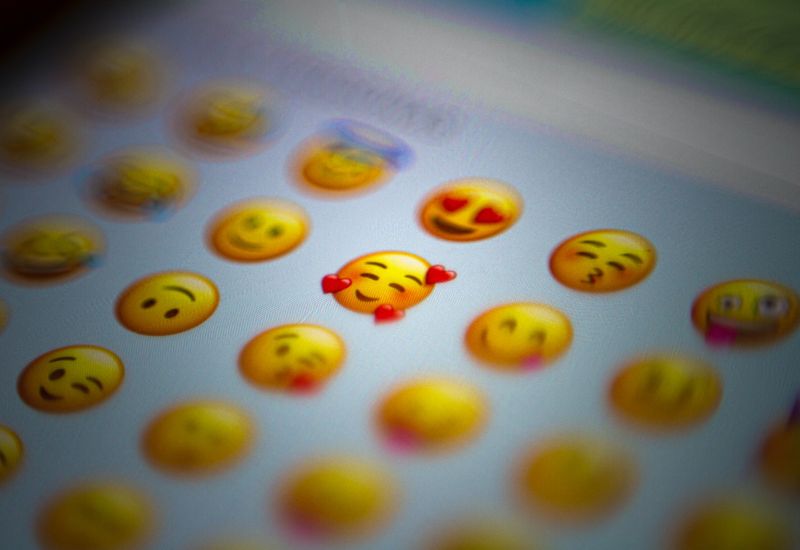They're a form of modern hieroglyphics and to celebrate World Emoji Day, here's a breakdown of the history of emojis.
Created by the founder of Emojipedia, Jeremy Burge, in 2014, World Emoji Day is an unofficial holiday, celebrated on the 17th of July each year. This date was picked based on how the calendar emoji on iPhones has July 17 as the current date. It’s often used to ship out news or updates to emojis. For example, this year Meta announced that Whatsapp’s reaction feature will be able to make use of the whole emoji keyboard.
In celebration of the holiday, we’ll be breaking down the history of emojis and their predecessors, emoticons. This brief rundown will include the first :-) all the way to the more recent 🫦.
Emoticons
Emoticons walked so emojis could run, and go back further than you may have thought. One of the first instances of brackets being used for smiley faces is from a poem by Robert Herrick.
“Tumble me down, and I will sit
Upon my ruines (smiling yet:)
Teare me to tatters; yet I'le be
Patient in my necessitie.
Laugh at my scraps of cloathes, and shun
Me, as a fear'd infection:
Yet scarre-crow-like I'le walk as one,
Neglecting thy derision.”
- Robert Herrick 1648
But it’s Carnegie Mellon University computer scientist, Scott Fahlman, who’s credited with the invention of the text-based emoticon. It emerged after a joke about a mercury spill was mistaken as serious and Scott sent the below message:
19-Sep-82 11:44 Scott E Fahlman :-)
From: Scott E Fahlman <Fahlman at Cmu-20c>
I propose that the following character sequence for joke markers:
:-)
Read it sideways. Actually, it is probably more economical to mark
things that are NOT jokes, given current trends. For this, use
:-(
Evolution from ASCII
American Standard Code for Information Interchange (ASCII, pronounced ‘aski’) is how computers represent text. The early emoticons usually followed the format colon, hyphen, and bracket, but included others like ;-) or :-* that signify winking and kissing respectively.
A Stanford University study noted that younger users eventually shifted to removing the hyphen ‘nose’, claiming that it was a form of covert prestige. That’s to say that they were doing it to reject traditional usage and demonstrate being part of an ‘in-group’.
Kaomoji
Making use of Japanese characters and grammatical markers, Kaomoji emerged in the 80s as emoticons that can be read without tilting your head. The key difference between these and western emoticons is that they emphasise the eyes rather than the mouth.
Examples of Kaomoji, taken from Wikimedia Commons and by Petrb
Modern emojis
In the early 2000s, the first sets of 12 x 12-pixel emojis were developed. Originally on early Japanese DoCoMo smartphones, their popularity ended up with other companies following suit.
Eventually, the Universal Coded Character Set (Unicode), began incorporating emojis once Google requested a universal emoji set. It’s actually an example of the rare collaboration between companies like Apple and Google at the time. 722 emojis were agreed upon as the standard set.
The beginning of emojis as we know them can be traced back to 2015 when the Unicode Technical Committee (UTC) proposed a report intended to improve how emojis work between different manufacturers. It was also the year that the Oxford Dictionary had the tears of joy emoji as word of the year.
Since then there have been periodic updates, adding new emojis each time with melting face 🫠, pregnant man🫃, and the salute 🫡 being some of the most recent.
Prospective student? We want to hear from you! Join the Student Hut Forum and earn £s by taking surveys.













